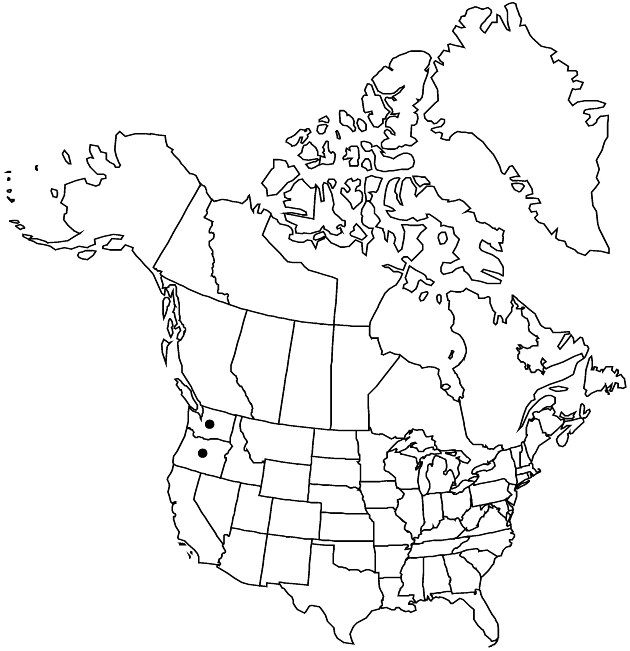Hieracium longiberbe
Fl. N.W. Amer., 395. 1901.
Plants 25–50+ cm. Stems proximally piloso-hirsute (hairs 2–8+ mm), sometimes glabrate, distally glabrous or piloso-hirsute (hairs 2–5+ mm). Leaves: basal 0 (–3+), cauline 6–12+; blades spatulate to oblanceolate, 25–80 (–100+) × 8–15 (–25+) mm, lengths 3–5 times widths, bases ± cuneate, margins usually entire, rarely denticulate, apices obtuse to acute, abaxial faces piloso-hirsute (hairs 2–5+ mm), adaxial usually piloso-hirsute at margins (hairs 2–5+ mm), rarely glabrous. Heads (3–) 6–12+ in corymbiform arrays. Peduncles usually stellate-pubescent, sometimes piloso-hirsute and/or stipitate-glandular as well, rarely glabrous. Calyculi: bractlets 9–13+. Involucres campanulate, 7–10 mm. Phyllaries 12–15+, apices ± rounded, abaxial faces piloso-hirsute and stellate-pubescent. Florets 12–24+; corollas yellow, 7–12 mm. Cypselae columnar, ca. 3.5 mm; pappi of 32–40+, white or stramineous bristles in ± 2 series, 5–6 mm.
Phenology: Flowering Jul.
Habitat: Cliffs
Elevation: 30–100 m
Discussion
Hieracium longiberbe is known only from along the Columbia River.
Selected References
None.
Lower Taxa
"fine" is not a number.
